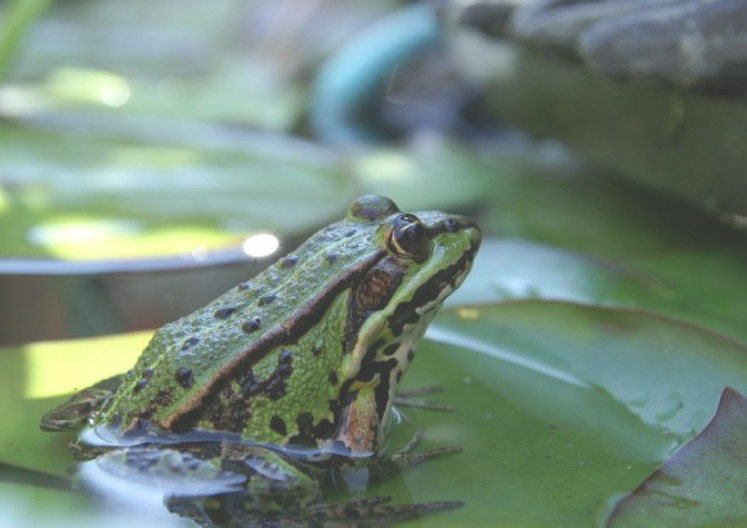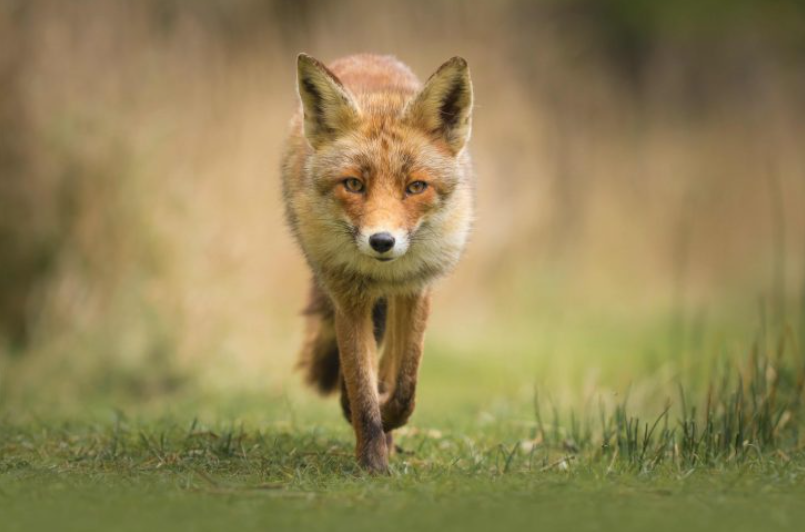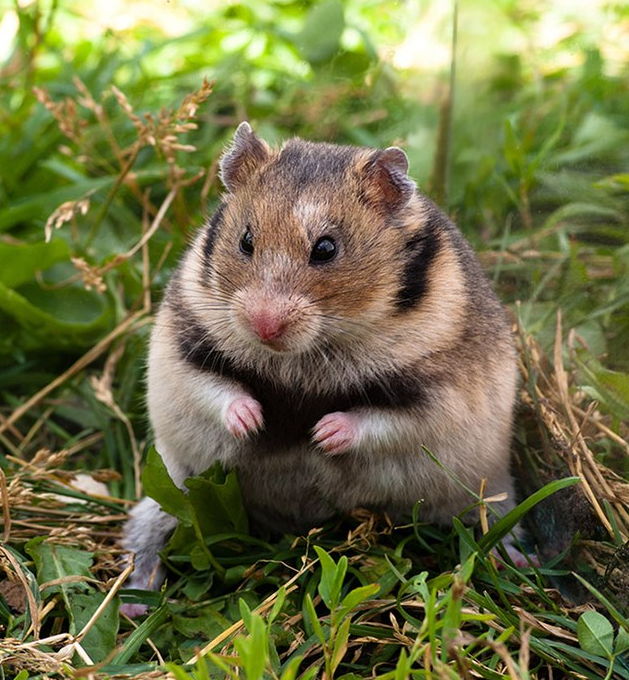There are many types of frogs, and all of them can induce a feeling of fear or adoration, depending on the various opinions surrounding each one. Many perceptions of these creatures are indeed accurate. In your younger years, you might have even been afraid of them leaping at you. Another scenario is that you might have grown up raising one. On the other hand, a wide range of famous cartoon frogs can give you quite an impression of them. An example would be the Sanrio frog character, Keroppi, who is known for his cuteness. As a result, many children consider frogs to be adorable. Another example would be Pepe the Frog, a meme that came out in the early 2010s that can either be ugly or funny. Because of this, teenagers may describe frogs as hilarious or hideous.
Opinions regarding frogs vary because of the diversity of their kind. Some frogs can be toxic, which may induce fear. Meanwhile, other frogs look cute, making them seem harmless. There are also famous fairy tales surrounding frog characters. The Princess and the Frog is a prime example of such tales, and remains to be so famous, it has even been made into a Disney movie.
The frogs have recently been looked upon highly. This is because of the Gen Z subculture of wearing frog-themed accessories and clothing. As a result, there has been a boost of pet frog owners. But to identify whether it is safe, poisonous, or rare, we created a list of the types of frogs you should know about.
Poisonous Types of Frogs
The most poisonous types of frogs are the poison dart frogs. They received their name from being used to lace poison on arrow tips or darts. Although they are the most poisonous, many other frogs are just as harmful.
Golden Poison Dart Frog
The most poisonous animal in the world is the Golden Poison Dart frog. This is because of its diet which produces enough toxins to kill 10 men if eaten. Its almost impenetrable defenses are a sight to behold. However, it cannot protect itself from human interference. The Golden Poison is now endangered because of urbanization.
Phantasmal Poison Frog
The Phantasmal Poison frog’s 1″ and a half size make it even more terrifyingly invisible and dangerous with poison enough to kill a human adult. The alkaloid in the Phantasmal Poison is epibatidine and is currently being studied to develop a non-addictive painkiller. Unfortunately, it looks like it could be too poisonous to use.
Granular Poison Frog
The Granular Poison frog is both poisonous and yet sold as a pet by some markets in Costa Rica and Panama. Its bright red back and colorful features allow it to declare its toxicity. As a result, it makes it difficult for predators to eat them. Unfortunately, their population is declining, once again, because of human interference in their habitat.
Blue Poison Dart Frog
One of the most eye-catching frogs on this list is the Blue Poison Dart frog because of its skin color. Their poisonous nature is alterable once bred in captivity. As a result, it makes them a good option for pets. A fun fact about the Blue Poison Dart is that each black spot in every individual frog is unique only to them.
Red-Backed Poison Frog
The Red-Backed Poison frog is poisonous because of its favor of eating ants. These ants have neurotoxins that adapt into the Red-Backed Poison frog’s body. Now it’s not enough to kill a man, but it can injure a person. The most they can do is kill small predators like birds should they try to bite them.
Types of Pet Frogs
White Lipped Tree Frog
The White Lipped Tree Frogs received their name from their unique lower lip color. They’re the largest of the tree frog species that enjoy climbing and wide spaces. They’re not as independent as other pet frogs, but are great for those who can take extra care of them.
Tomato Frog
The best thing about Tomato Frogs is that they’re popular pets because of their color. In addition, their lifespan can reach up to 10 years or more. A Tomato Frog’s unique behavior is tunneling whenever they’re placed in aquariums. Moreover, they’re nocturnal, as well as natural-born survivors, making them friendly to first-time frog owners as well.
Gray Tree Frog
Gray Tree Frogs are just like your standard frogs, except, just like their scientific name hints, they can change colors. They can be found anywhere in the United States, such as an average household’s backyard. It is still preferable to buy a Gray Tree Frog in captivity rather than to catch a wild one, in hopes to preserve the balance in their population.
Red-Eyed Tree Frog
The Red-Eyed Tree Frog has two types depending on the location. If you find them in Australia, their eyes should be orange with horizontal lines. If you find them in Central America, the famous solid red color with vertical pupils is the one you’ll see. Should you want a pet that produces quickly, the Red-Eyed Tree Frog is the one for you. Although there are a few important requirements for these orange-footed frogs, they should be easy to care for if you’re responsible enough.
Burmese Chubby Frog
We all love chubby-looking animals, and the Burmese Chubby Frog is the chubbiest of them all. Despite their large physique, the Burmese Chubby doesn’t mind tight spaces and its adaptability is definitely one to watch out for when caring for it. Just like the Tomato frog, they live for about 10 years.
Endangered Types of Frogs
Lemur Leaf Frog
The Lemur Leaf Frog could be found anywhere in Costa Rica until the disease, chytridiomycosis, infected most of its kind. Now considered having gone extinct in that place, the Lemur Leaf Frog is now also losing most of its kind in Panama as well.
Williams’ Bright-Eyed Frog
Williams’ Bright-Eyed Frog can only be found on the tip of Ankarata Massif, a mountain in Madagascar. Due to illegal logging, the Williams’ Bright-Eyed has become increasingly rare to find. A survey once produced less than 50 sightings of the species alone.
Rabb’s Fringe-Limbed Frog
Only one of its kind has been seen since the emergence of the chytridiomycosis disease. Hope for the Rabb’s Fringe-Limbed Frog’s survival has turned slim with urbanization. Sadly, some would say they have already gone extinct.
Anaimalai Flying Frog
Endemic to the forested mountains of Indira Gandhi National Park, many consider Anamalai to be common, but due to the urbanization of its home, the frog has been seeing a decline. It’s called a flying frog because of its use of its webbed hands and feet to glide through the trees.
Corroboree Frog
The great news with Corroboree frogs is that they were successfully bred in captivity. Facing extinction in the early ’90s and 2000’s, these black and white frogs are now getting ready to be reintroduced to the wildlife. Unfortunately, nobody knows what caused the Corroboree’s near extinction decades ago.
Unique Types of Frogs
Desert Rain Frog
Isn’t it strange that a frog can survive in the desert? This special frog is called the Desert Rain Frog. They’re rare and even declining due to diamond mining and human construction. The Desert Rain Frog became famous due to its funny croak that was posted on the Internet a few years back. To survive the heat, the Desert Rain buries itself underneath the sand when the sun is out.
Ornate Horned Frog
The Ornate Horned Frog can only be found in Argentina. It has a mouth larger than most parts of its body. It’s also ridiculously fearless, eating anything that it can find, and sometimes, even bigger than it can take, causing suffocation on its part. Another name for the Ornate Horned Frog is Pacman Frog, due to its resemblance to the character and its ability to eat anything in its path.
Malayan Horned Frog
You’ll find the Malayan Horned Frog in Southeast Asian rainforests. Because of its pointed features, they also call it, the Long-Nosed Horned Frog. These features help it camouflage itself from predators under piles of dried leaves. Its croak is similar to that of a honk and it can grow up to 5 inches.
Diane’s Bare-Hearted Glass Frog
Doesn’t it look like Kermit? The difference between a regular frog and Diane’s Bare-Hearted Glass Frog is its transparent body that allows us a full view of their insides. Although only recently discovered in 2015, Diane’s Bare-Hearted Glass became evidence of Costa Rica’s deforestation rehabilitation making progress.
Hairy Frog
The males have dermal papillae, hence the name, Hairy Frog. The reason for this dermal papillae is to last longer underwater and protect the eggs laid by their mates. Another interesting fact about the Hairy Frog is that it intentionally breaks its toes to create claws. It heals over time, but no other creature has this behavior when threatened. They also call them the Horror Frog or Wolverine Frog.


